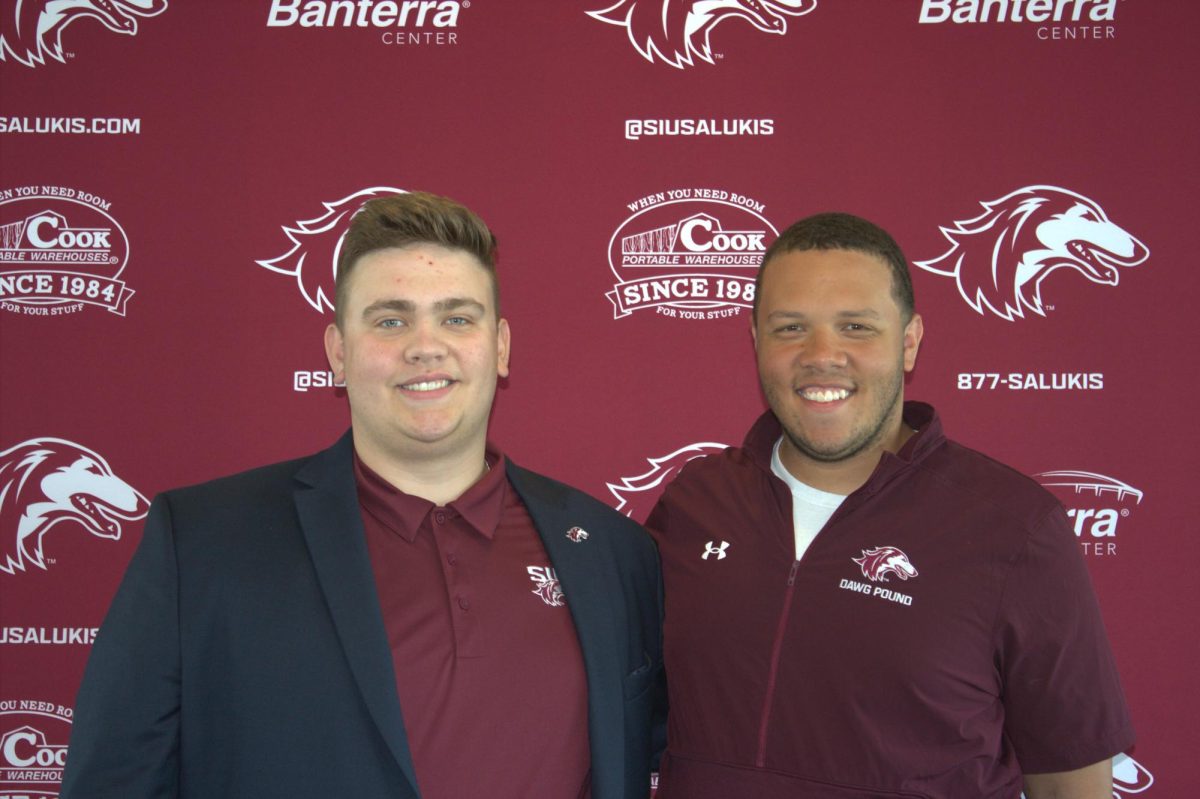Rauner officials defend handling of Legionnaires’ outbreak at Quincy veterans home
January 9, 2018
Officials with Gov. Bruce Rauner’s administration on Tuesday defended their response to a deadly 2015 outbreak of Legionnaires’ disease at a state-run veterans home in downstate Quincy, telling lawmakers that they moved swiftly to solve the problem.
“The actions that we took were quick, coordinated and decisive, and I stand by them because they worked,” Department of Public Health Director Nirav Shah said during a hearing in Chicago.
The disease claimed 13 lives at the veterans home since August 2015. The first case of the waterborne illness was identified in late July 2015, and a second case was diagnosed a few weeks later. That’s when state health officials instructed the home’s administrators to take measures to prevent its spread, Shah said. He told lawmakers those actions, including shutting down use of potentially contaminated water, helped to stem the spread of the disease.
Advertisement
State officials, though, did not notify the public or the families of residents who weren’t experiencing symptoms of the disease until six days later. That delay was the subject of a December WBEZ-FM 91.5 report, which raised questions about the administration’s handling of the health crisis. Tuesday’s hearing called by Democrats gave them a ready-made backdrop to criticize the Republican governor’s administration.
Illinois Department of Veterans’ Affairs Director Erica Jeffries testified that officials waited to notify the public because they needed time “to ensure that before information was released that we knew what we were talking about.” In the meantime, she said, staff was instructed to check residents’ vital signs more frequently and residents were told informally that there was the risk of an infectious disease on the campus. Jeffries said the goal was to not “incite hysteria or panic.”
Lawmakers questioned that reasoning, saying relatives of the residents didn’t get information that might have led them to remove their loved ones from the home.
“I reject the idea that you had to choose between improving the care and taking initial remedial measures and issuing a press release,” said Rep. Michael Halpin, D-Rock Island. “I don’t know that the press release was necessary, but informing the residents and the powers of attorney and their family members that there was a specific issue is important.”
Others were more pointed with their criticism. Republican Sen. Sam McCann said Shah should resign, criticizing him for taking three days to notify the governor’s senior staff of the outbreak and for withholding from families what the department knew early on about the outbreak.
As the hearing was underway, Rauner was in the midst of an extended stay at the Quincy home in what his team has described as an attempt to learn more about the problem. The governor has defended his administration’s handling of the outbreak, and his Twitter account on Tuesday repeated many of the arguments made by Shah and Jeffries during the hearing. He’s expected to leave the home Wednesday and speak to reporters, a spokeswoman said.
Jeffries said that over the course of several months after residents and their families were notified of the outbreak, just six residents chose to leave the home and “none of them, save one, maybe, decided to leave the home because of the Legionnaires’ incident.” She said care at the facility “was so good that (relatives) wanted their family members to stay there.”
Advertisement*
Despite defending their handling of the 2015 outbreak, when asked by a lawmaker if they would promise to “immediately inform the public” if a similar situation happened again, both Shah and Jeffries said they would.
Lawmakers also raised concerns about the administration’s plan for handling the problem going forward.
While the bulk of the illnesses and deaths occurred in 2015 — 47 cases and 12 deaths had been attributed to the disease by late September of that year — the state has struggled to rid the home of the Legionella bacteria, which grows in warm water and is often present in water supplies.
In 2016, two volunteers and three residents had symptoms of the disease. In 2017, five residents were sickened by the disease and one died.
Last week, the U.S. Centers for Disease Control and Prevention issued a report with recommendations for minimizing the risk of new cases at the 132-year-old home but warned that the possibility of future cases “cannot be eliminated.”
“How much longer and how many people have to die before we say enough is enough?” asked Rep. Michael Hastings, D-Tinley Park. “I know we don’t want to move people out of their homes. I understand that. But I don’t want another person to die in our home.”
Jeffries said it was likely that the relatively common bacteria would continue to be found at the home.
“Because we are now looking for it, we are going to continue to find it,” she said. “I would argue that if we looked for it in other health care facilities, we would find it there too.”
Sitting alongside Shah and Jeffries during the nearly four-hour hearing was Sam Posner, associate director for epidemiological science for the CDC. Posner said he agreed with the actions taken by the state agencies and that he thought they’d done “an outstanding job” developing a water program to minimize risk of water being contaminated with the bacteria. Posner said he’s seen cases of Legionella being present in water systems for up to 20 years.
___
(c)2018 the Chicago Tribune
Visit the Chicago Tribune at www.chicagotribune.com
Distributed by Tribune Content Agency, LLC.
Advertisement










